Unstaffed frozen gyoza stores are now selling frozen ramen…but is it any good? We find out
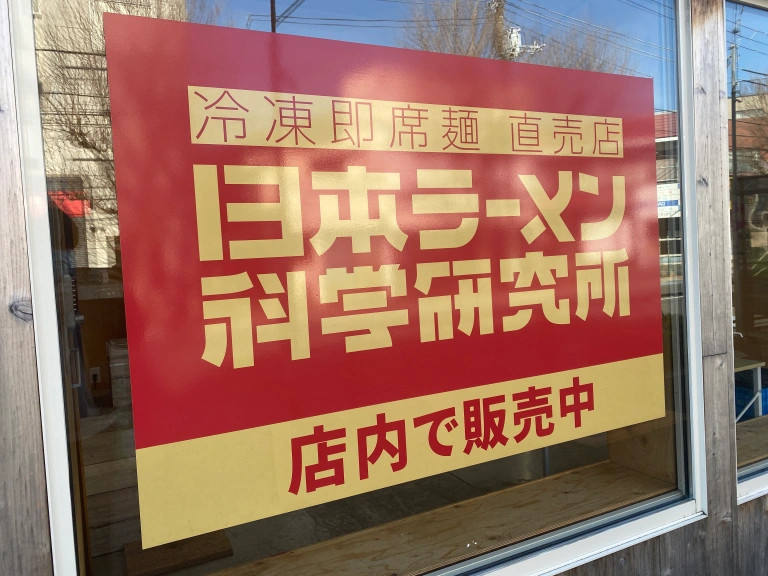
It turns out this ramen has a special cooking method too…
In the age of the COVID-19 pandemic, an unusual phenomenon has begun to appear in Japan: unstaffed food shops. These shops are open 24-7, have no one to watch them, and sell food more or less on an honor system. One of the most famous is Yukimatsu Gyoza, known for selling frozen batches of pot stickers. They’ve become so popular that branches have popped up all across Japan, from Hokkaido in the north all the way down to the island of Kyushu in the south. And for good reason; we tried their gyoza and it was seriously good.
But now Yukimatsu Gyoza has become even better because, starting in November 2022, the Japan Ramen Research Institute has started selling ramen in some branches. This institute is focused on finding ways to elevate ramen eaten at home, so of course the fact that they’ve set up shop together with Yukimatsu Gyoza piqued our interest. Just what are they offering, and how does it taste? We went to check it out.
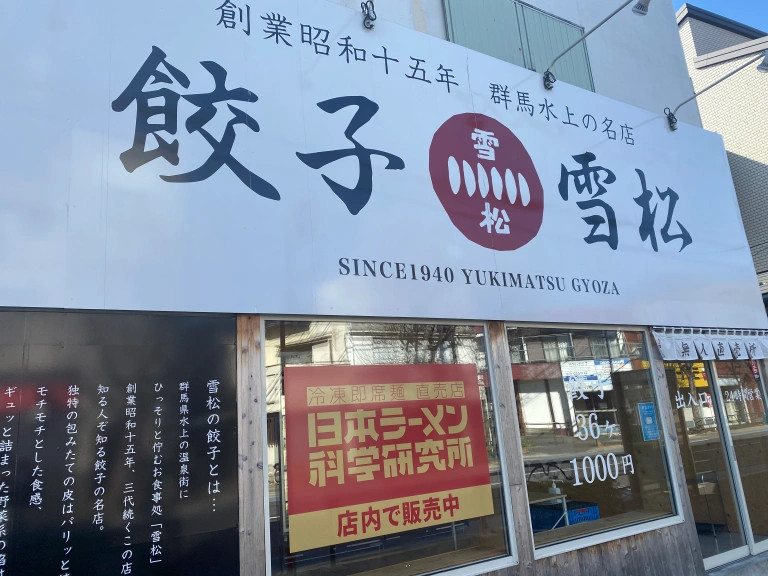
Inside the Yukimatsu Gyoza we visited, we found two different kinds of freezer displays standing side by side: one for gyoza and one for ramen. We expected the ramen offered to be pretty simple, but in fact, topping sets that included grilled pork, bamboo shoots, and boiled eggs were also on sale. Each one came with enough toppings for three people and sold for 1,000 yen (US$7.63).
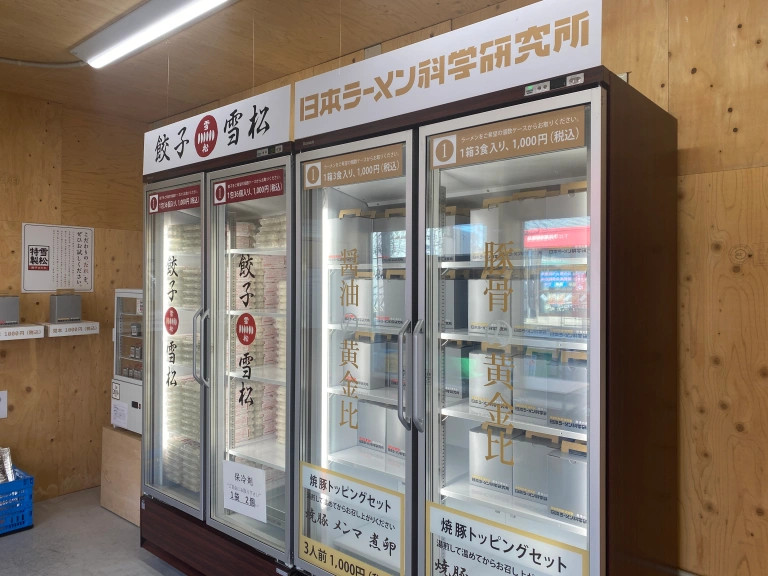
The ramen itself came in three-serving packs of either soy sauce or tonkotsu (pork bone broth) ramen for 1,000 yen. Since the shop is unmanned, the payment method was…
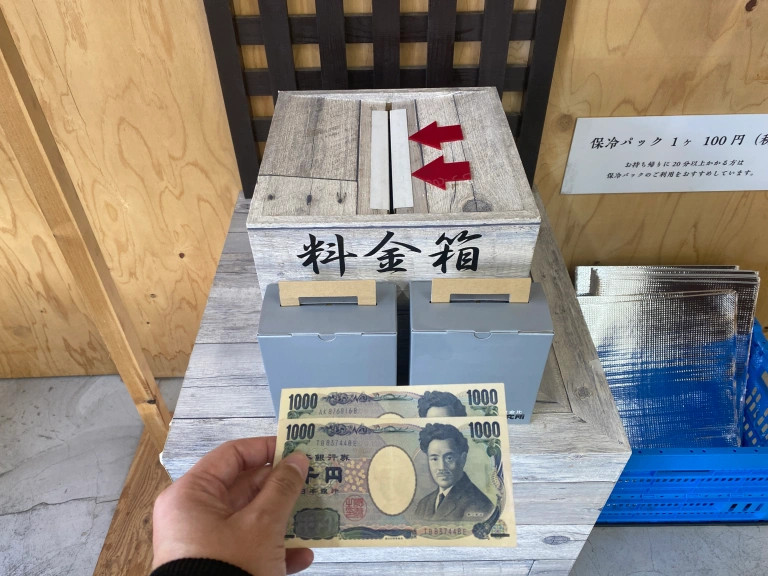
Simply putting our money in the familiar wooden box. Of course, there’s no way to get change here, so if you come to get some ramen or gyoza, make sure to bring exact change. We bought one of each ramen type, so we put in 2,000 yen.
Since the Japan Ramen Research Institute has access to a database put together by some of Japan’s leading ramen researchers, each and every flavor and each of the thousands of combinations of noodles and broth are analyzed and inspected. One of their most unique qualities is that the noodles are supposed to be cooked in the broth, which is one way they’re trying to level up at-home ramen.
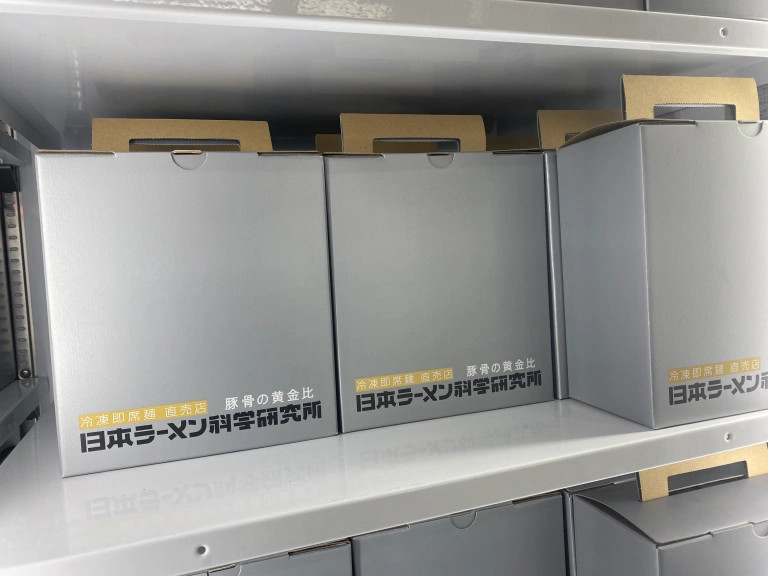
We decided to try the tonkotsu ramen first. The box contained three packs of frozen ramen and three packs of frozen broth.
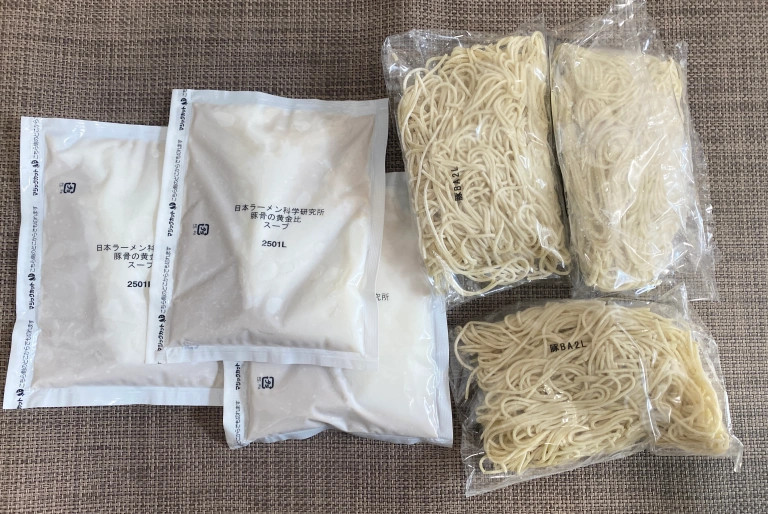
Cooking it was pretty easy. You add 400 milliliters (1.66 cups) to the soup base and bring it to a boil, then add the noodles (which amount to 100 grams or 3.5 ounces). Then wait 30 seconds before giving it a stir, and let it cook on medium heat. How long depends on which ramen you try; the soy sauce ramen noodles require three minutes, while the tonkatsu noodles require two. It was interesting that there were specific cook times for each type, which was proof that a lot of care had gone into producing each type.
In no time, our ramen was finished.
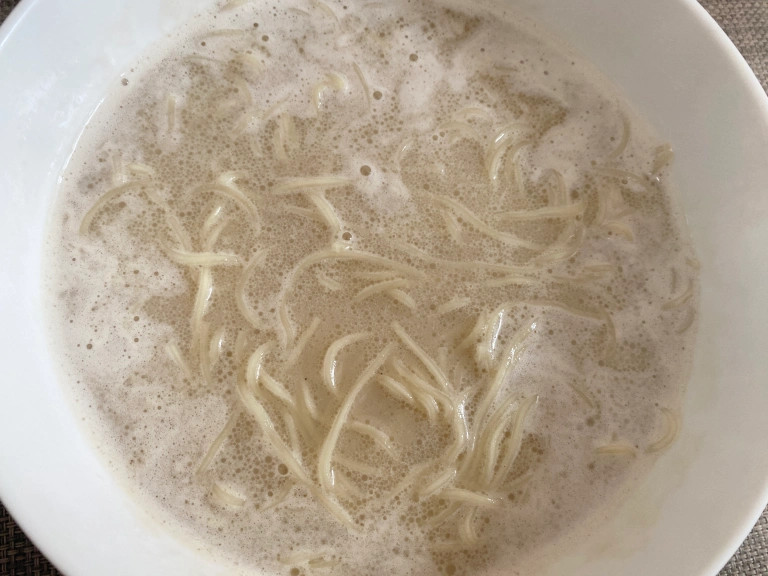
The broth was a bit cloudy, and it didn’t have the kind of intense smell we sometimes get from tonkotsu soup. Frankly, just from the look of it, it didn’t look like any kind of special ramen, but the flavor was surprising.
Our Japanese-language reporter, Takashi Harada, who was our taste tester for this round, originally hails from Fukuoka, which is considered the birthplace of tonkotsu ramen, and thus he is often annoyingly particular about tonkotsu ramen. In spite of that, he actually thought this was pretty good! The creamy soup was especially reminiscent of ramen you’d find in a stand along the streets of Fukuoka, so the fact that you could get a single serving of such high-level ramen for just 333 yen was pretty impressive!
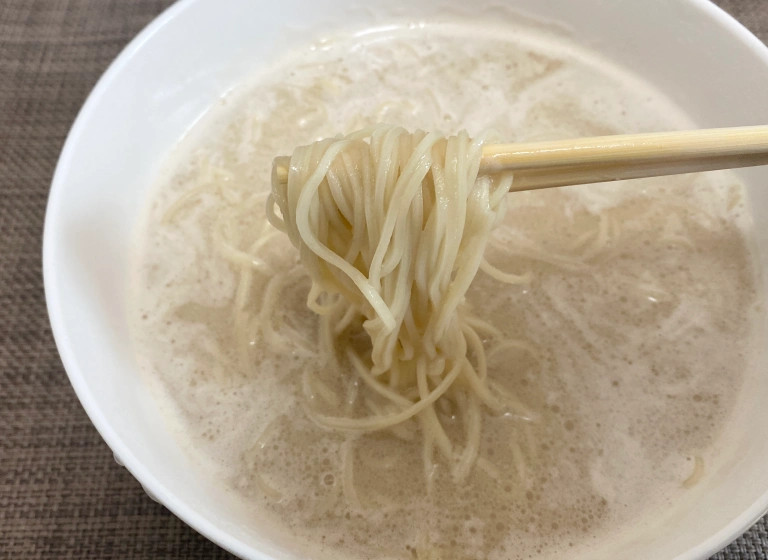
The noodles were also delicious. They were on the thin side, which gave them a good crispness that paired well with the broth, soaking up enough of it without either overpowering the other. Plus, the fact that the noodles are cooked in the broth means everything is served at the same temperature, which is to say piping hot. It was similar to eating ramen cooked in a restaurant.
Add that to the fact that you only need to dirty one pot to make it and the fact that the shop is open 24 hours a day, and you have serious competition for regular ramen restaurants.
But that was just the tonkotsu ramen. What about the soy sauce ramen?

The cooking method was the same, so we boiled it in the broth…

And slurped it up.
Yup, it was perfectly delicious. We could really get a sense of the soy sauce flavor, the kind that you sip and then just sigh with pleasure. It wasn’t as if they’d toed any lines in terms of experimentation or elevation; instead, it was a simple, familiar, comforting soy sauce broth, which we felt was great.

Despite the delicious flavors of both, however, what really left a strong impression in our minds was just the way each bite was steaming hot, in a soothing way. Maybe our brain simply saw the steam rising from the bowl and automatically judged it as good. Maybe that was by design. Either way, we were impressed with how the Japan Ramen Research Institute put so much effort into developing these two kinds of ramen.
The price of just 333 yen per serving of ramen was far cheaper than other ramen takeout options, and we could decide to eat it on a whim, whenever we liked, so we sincerely hope they come out with more flavors, like miso or even fatty back pork. In any case, the two flavors already available are cropping up at Yukimatsu Gyoza stores across the country, so definitely check out the homepage to see if you can find them somewhere near you!
Images © SoraNews24
● Want to hear about SoraNews24’s latest articles as soon as they’re published? Follow us on Facebook and Twitter!
Credit:

0 comments:
Post a Comment